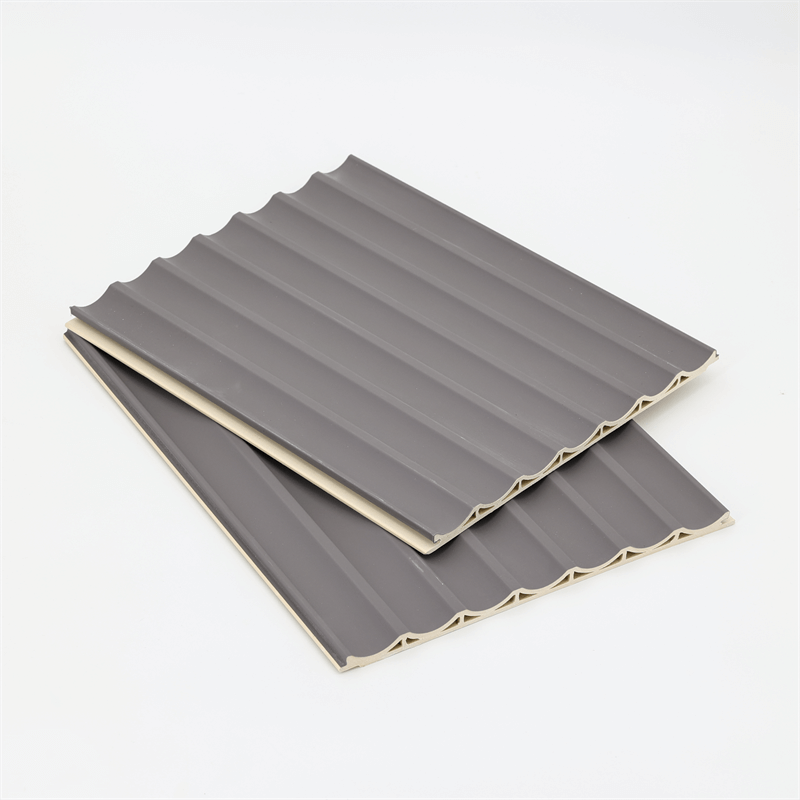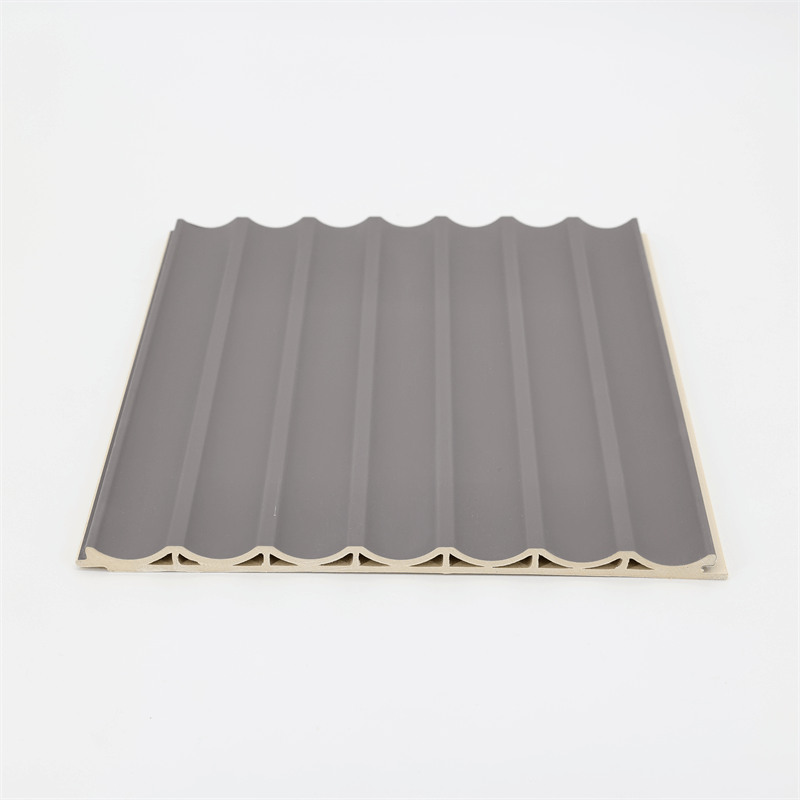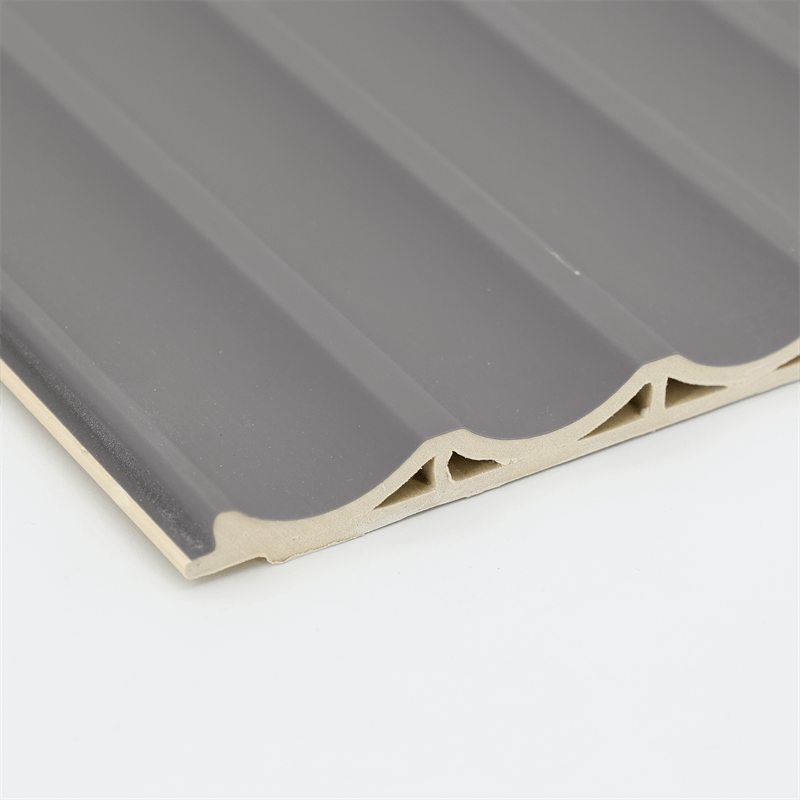
The global construction industry is experiencing a paradigm shift as architects, builders, and policymakers prioritize sustainable practices and aim for net-zero emissions.
In this pursuit, innovative building materials play a crucial role in achieving the goal of net-zero construction, where the carbon footprint of buildings is minimized or offset by renewable energy sources.
Wood-Plastic Composite (WPC) sandwich panels have emerged as a significant step towards net-zero construction,
offering a range of benefits that align with the principles of sustainability, energy efficiency, and eco-friendliness.
In this article, we will explore how WPC sandwich panels are revolutionizing the path to net-zero construction, focusing on their energy-saving properties,
carbon footprint reduction, integration with renewable energy, and contribution to greener and more resilient buildings.
WPC sandwich panels are transforming the construction industry’s journey towards net-zero construction.
Their exceptional energy-saving properties, derived from superior thermal insulation and reduced heating and cooling demands, pave the way for more energy-efficient buildings.
The incorporation of renewable wood fibers and recycled plastics reduces the carbon footprint of these panels, aligning with sustainable practices and the net-zero vision.
Moreover, WPC sandwich panels seamlessly integrate with renewable energy systems, maximizing the effectiveness of clean energy sources.
As we delve into the potential of WPC sandwich panels in net-zero construction, it becomes evident that they are leading the way to a more sustainable, energy-efficient, and resilient future for the built environment.
Energy-Saving Properties: Towards Energy-Efficient Buildings
WPC sandwich panels boast exceptional thermal insulation properties, making them a critical element in achieving energy-efficient buildings.
The combination of wood fibers and plastic in the panel’s core creates a formidable barrier against heat transfer, resulting in stable indoor temperatures regardless of external weather conditions.
By reducing heat loss during colder months and minimizing heat gain during warmer seasons, WPC panels contribute to decreased heating and cooling demands.
As a result, buildings constructed with WPC sandwich panels require less energy for temperature control, leading to significant energy savings and reduced greenhouse gas emissions.
This energy-saving characteristic positions WPC panels as a fundamental step towards net-zero construction.

Carbon Footprint Reduction: Embracing Sustainability
Sustainable construction practices aim to minimize the environmental impact of building projects, and WPC sandwich panels excel in this aspect.
The panels are composed of renewable wood fibers obtained from responsibly managed forests and recycled plastics, diverting plastic waste from landfills and promoting circular economy principles.
By utilizing these renewable and recycled materials, WPC sandwich panels reduce the demand for virgin resources and contribute to carbon footprint reduction.
The incorporation of such eco-friendly materials aligns with net-zero construction objectives, as it fosters a more sustainable and resilient built environment.
Integration with Renewable Energy: Enhancing Energy Efficiency
Net-zero construction envisions buildings that generate as much energy as they consume.
WPC sandwich panels synergize perfectly with renewable energy systems, enhancing the energy efficiency of green buildings.
The panels’ superior thermal insulation properties ensure that buildings retain heat generated from renewable sources like solar panels and geothermal systems.
Moreover, the lightweight and design flexibility of WPC panels facilitate the seamless integration of solar panels and other renewable energy infrastructure.
This integration maximizes the effectiveness of clean energy sources, contributing to the net-zero goal and further reducing the building’s carbon footprint.

Greener and More Resilient Buildings: A Sustainable Future
Beyond energy efficiency and carbon footprint reduction, WPC sandwich panels contribute to the creation of greener and more resilient buildings.
The panels’ thermal insulation properties help regulate indoor temperatures, reducing the need for energy-intensive heating and cooling systems.
This, in turn, promotes a healthier and more comfortable indoor environment for occupants.
Additionally, the durability and resistance of WPC panels to environmental factors, such as moisture and decay, prolong the lifespan of buildings, reducing maintenance needs and material replacements.
The panels’ eco-friendly composition ensures that they align with sustainable construction practices, contributing to a greener and more resilient built environment.
WPC sandwich panels are a transformative step towards achieving net-zero construction, offering a range of benefits that align with the principles of sustainability and energy efficiency.
Their energy-saving properties, derived from superior thermal insulation and reduced heating and cooling demands, pave the way for more energy-efficient buildings.
The use of renewable wood fibers and recycled plastics reduces the carbon footprint of these panels, aligning with sustainable practices and the net-zero vision.
Moreover, the seamless integration of WPC sandwich panels with renewable energy systems enhances the effectiveness of clean energy sources, maximizing energy efficiency.
As the world moves towards a more sustainable and energy-efficient future, WPC sandwich panels are leading the way to net-zero construction,
where buildings are resilient, environmentally responsible, and aligned with the vision of a greener world.
